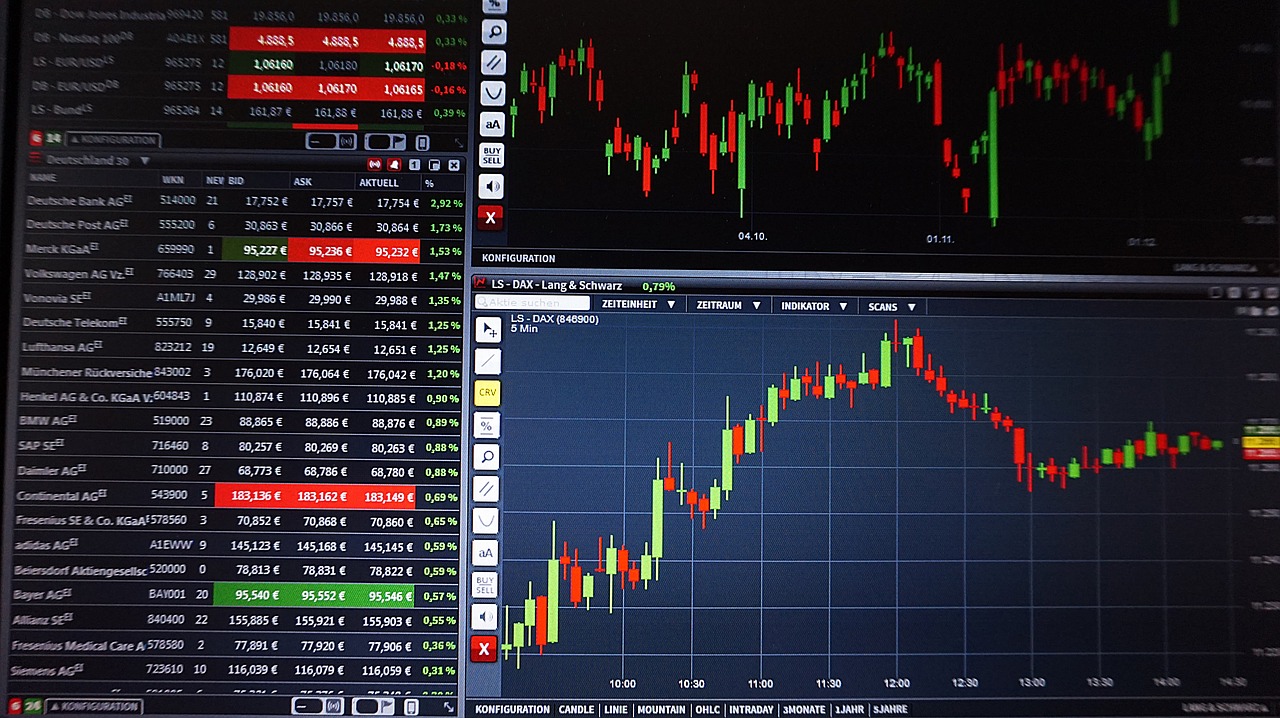The Effect of Forex Markets on the Retail Industry
In many ways, it may seem as though there’s a considerable difference between the forex market and the global retail sector.
After all, UK retail samples in May were hit with the biggest decline on record, as they plunged by 2.7% amid falling sales and a flurry of closures. Conversely, the forex market continues to see an estimated $5.3 trillion traded every single day, across three separate sessions in North America, Europe and the Asia-Pacific region.
However, there’s actually an inextricable link between forex and retail, and we’ll explore this further in the article below!
Fashion and Forex – Rising Costs and Exchange Rates
Fashion dominates the retail sector, with this global marketplace worth an estimated $2.4 trillion according to McKinsey & Company.
However, this market is also extremely cost-intensive, whilst sourcing inventory and coping with fluctuating exchange rates can have a dramatic impact on a fashion business’s cost base.
Luxury fashion brands can be particularly impacted by exchange rate shifts, largely because they generate revenue and settle costs in a number of different currencies.
For example, when Switzerland unpegged the iconic Swiss franc from the Euro in 2015, the Swiss watchmaker brand Swatch experienced a 15% increase in costs. This also caused the firm’s shares to drop markedly, with the challenge being that luxury retailers are unable to shift production or lower their base costs due to significant quality demands.
Whilst luxury brands are renowned for quickly adjusting their pricing in response to exchange rate shifts, they only have limited space in which to maneuverer as a result of their precarious margins.
However, when the British pound slumped by 18% against the U.S. Dollar following the EU referendum in June 2016, Deloitte reported that headline fashion prices in the UK increased by average of 5% for like-for-like items.
What About the Supply Chain?
Another key issue in retail (including the fashion sector) is the supply chain, as brands are often required to source their raw materials and inventory from overseas.
When paying a supplier, for example, exchange rate exposure and the decline of a domestic currency can increase the cost of importing products considerably. Companies may then be forced to increase their pricing in order to negate this issue, with consumers paying more for anything from clothes and shoes to food and beverages.
Conversely, a sudden decline in the value of the GBP/EUR pairing will make British exports cheaper and more affordable, enabling multinational firms to increase their sales overseas.
This can negate the rising cost of sourcing goods from overseas, whilst is also explains why exports from the UK soared following the aforementioned EU referendum vote and the marked decline in the pound.
These are important considerations for retail businesses, as sudden and sizeable fluctuations in the exchange rate can have a dramatic impact across a host of different industries.

